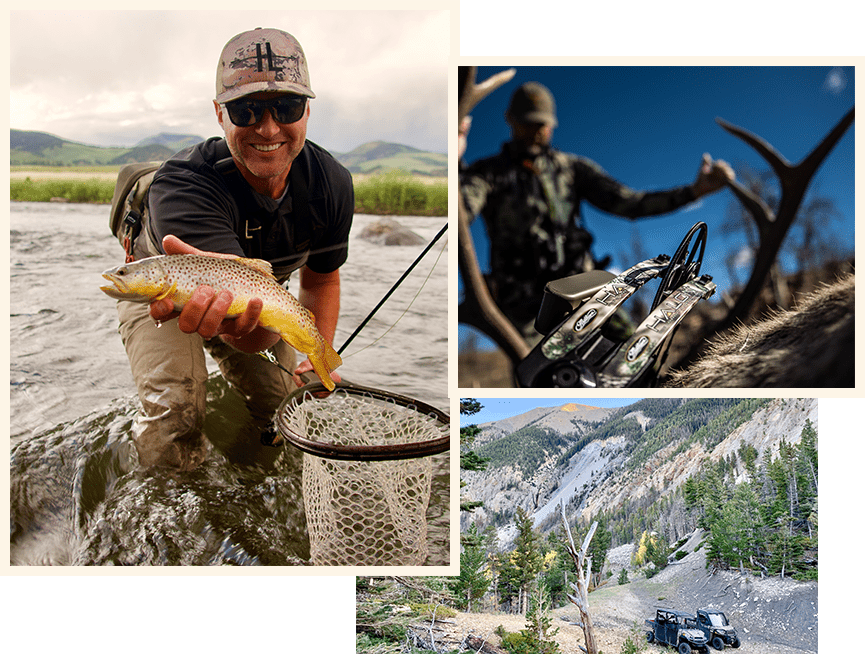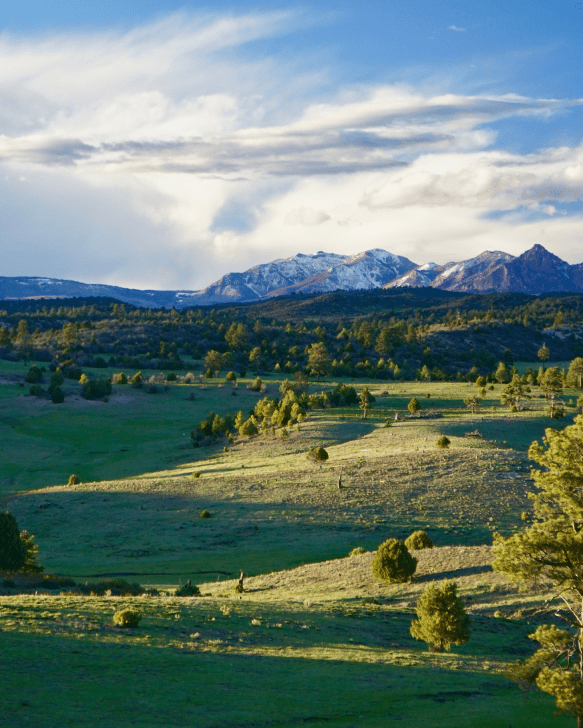With the right qualified intermediary and a knowledgeable ranch broker, it can be a great way to defer capital gains taxes
Large ranch real estate has appreciated greatly over the last several years. That means prospective sellers could be looking at significant capital gains taxes once a sale is complete.
But, if you, as a landowner and investor, want to protect yourself from a big tax burden after a ranch sale, it’s absolutely doable. And it’s perfectly legal.
Do you have any plans to reinvest in real estate with the receipts from a ranch sale? If so, consider what’s known as a 1031 exchange. This means you’re going to use your profits from your sale to buy another similar property.
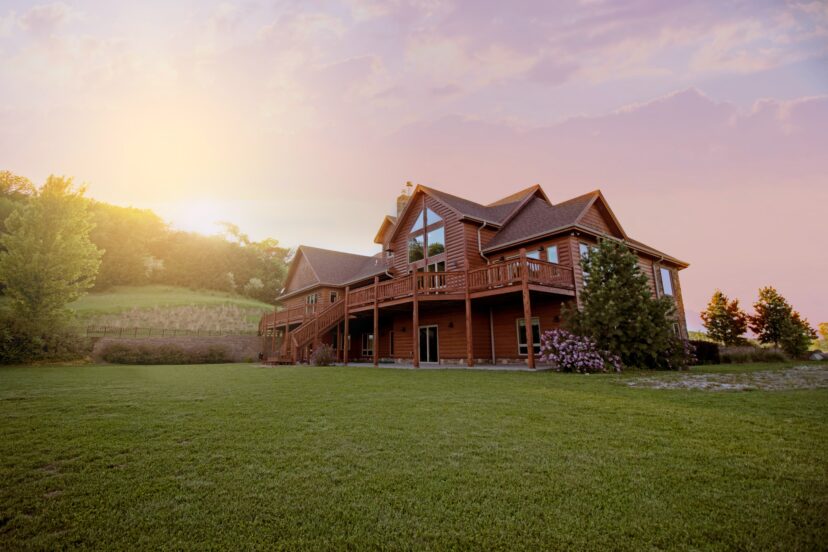
How does a 1031 work?
The U.S. government initiated its 1031 exchange program to encourage landowners to reinvest in their communities. Rather than simply “take the money and run,” the feds encourage sellers to reinvest profits from their ranch sale into the purchase of another “like-kind” investment.
The benefits? The seller-turned-investor can then defer the capital gains taxes accrued during the sale of the first property by investing those profits into the purchase of another property.
The main catch? On the surface, it may seem to be a tool to simply delay the inevitable. You know, death and taxes and all that.
But, truth be told, a 1031 exchange program is a wealth-building tool for investors. It benefits local communities through a steady stream of property taxes. Also, if the property is a working ranch, it will very likely provide local jobs.
A 1031 exchange can be good for everyone involved.
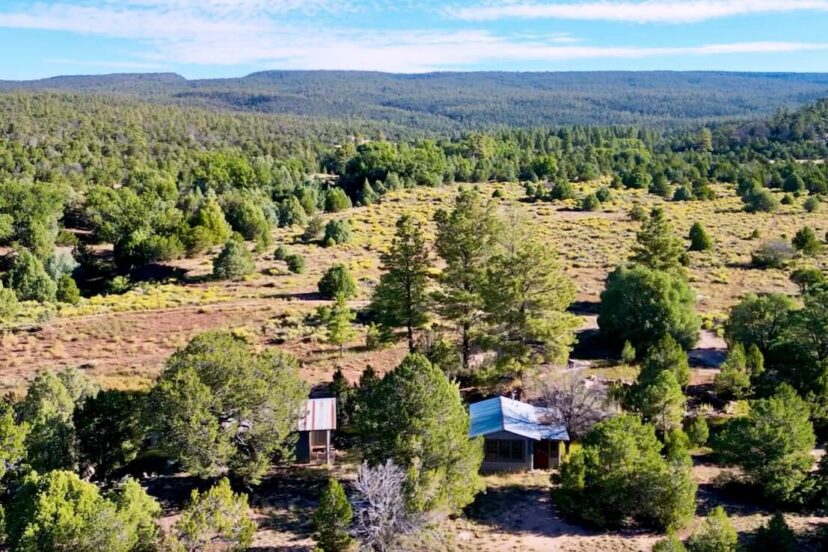
What are the requirements?
It’s not an overly complicated process, but investors do need to meet certain qualifications. For instance:
- Investors need to find a qualified intermediary to help with the exchange. This can be an attorney, an accountant or real estate broker. They only need to be qualified by the IRS.
- Before the sale closes on the first property, investors need to provide written notice of their intent to engage in a 1031 exchange.
- The proceeds from the sale of the first property must then go through the qualified intermediary. The QI will secure the funds while the replacement properties are identified. The investor has 45 days to find a qualified investment property.
- Finally, the investor must make an accepted offer on the replacement property and close the sale within 180 days of the first closing.
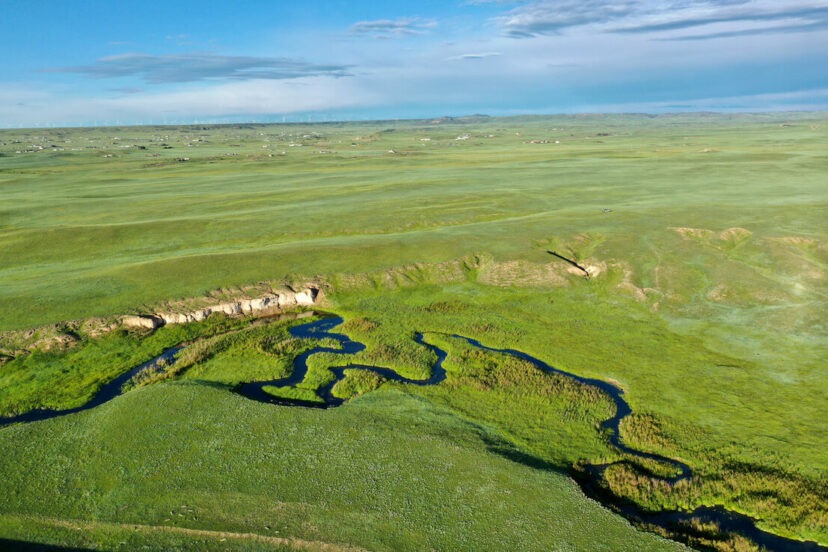
Understand the challenges
While you’re in the midst of a 1031 exchange, your QI will be largely in charge of the process.. Your ranch real estate broker will help you identify qualifying property for your investment.
But finding a qualified property within just 45 days, particularly in the robust ranch real estate market, can be difficult. That’s why it’s important to have an experienced ranch real estate broker as a guide.
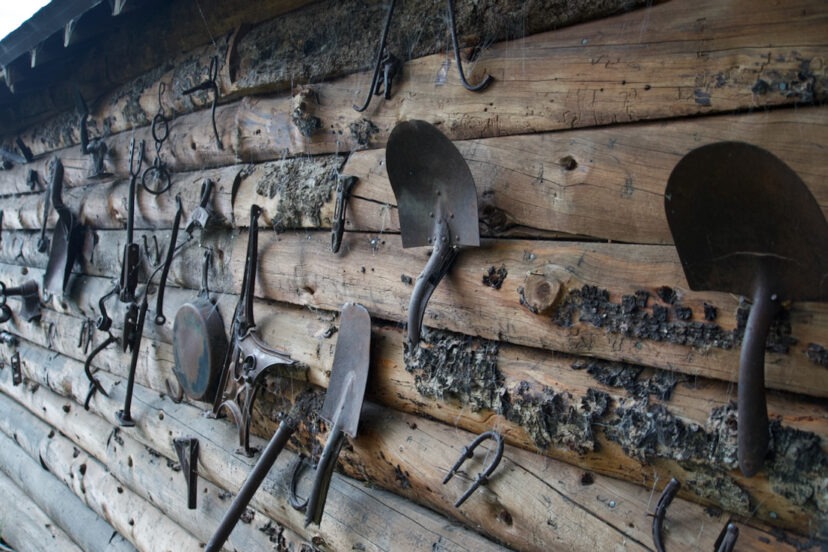
The bottom line
A 1031 exchange is an excellent way for real estate investors to shelter themselves from the high capital gains taxes that come with the sale of ranch property. By declaring that you plan to reinvest the gains from a ranch sale into another like-kind property, you can defer those taxes and use all of your profit in another investment.
Also, finding a second property in just 45 days can be challenging. And, sometimes, closing within 180 days of the initial closing can be difficult, too. Use a qualified intermediary and make sure you have a good ranch broker who understands the market.
They will help you find the second ranch real estate investment that qualifies for the exchange and meets your needs as an investor.

